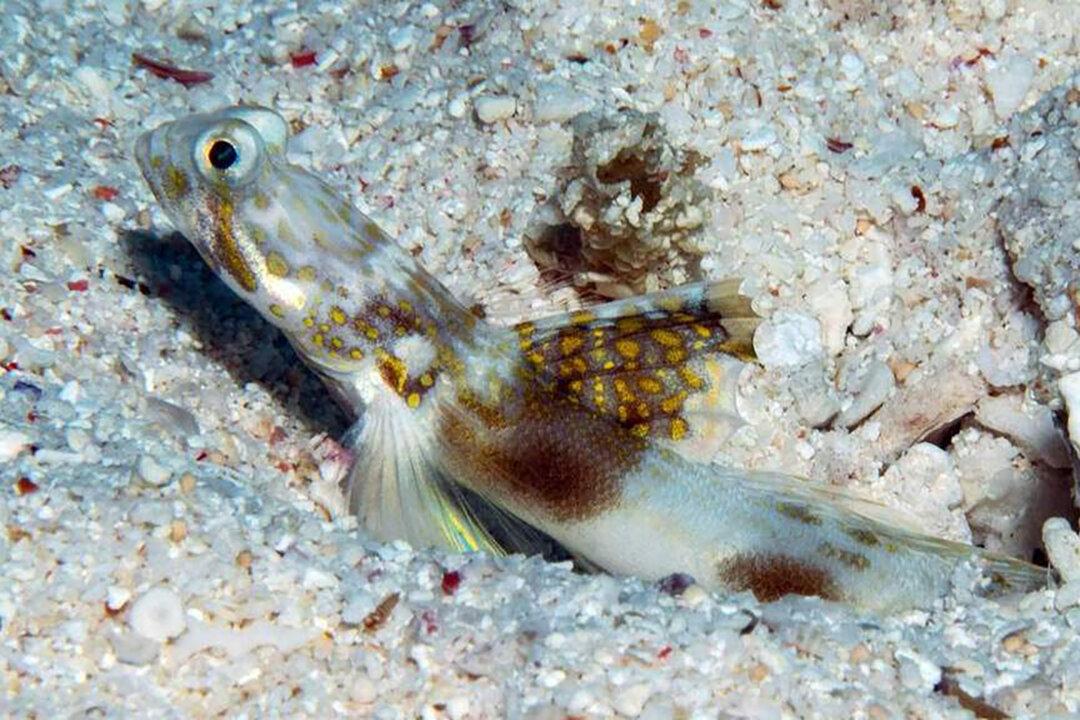A new fish was “uniquely” discovered in the Great Barrier Reef’s southern waters, Sunshine Coast researchers said on Oct. 9.
The University of the Sunshine Coast (UniSC) found the new coral reef fish, the Lady Elliot Shrimp Gob, while mapping the changing biodiversity on Lady Elliot Island. The discovery comes while marine life was disappearing, researchers said.





